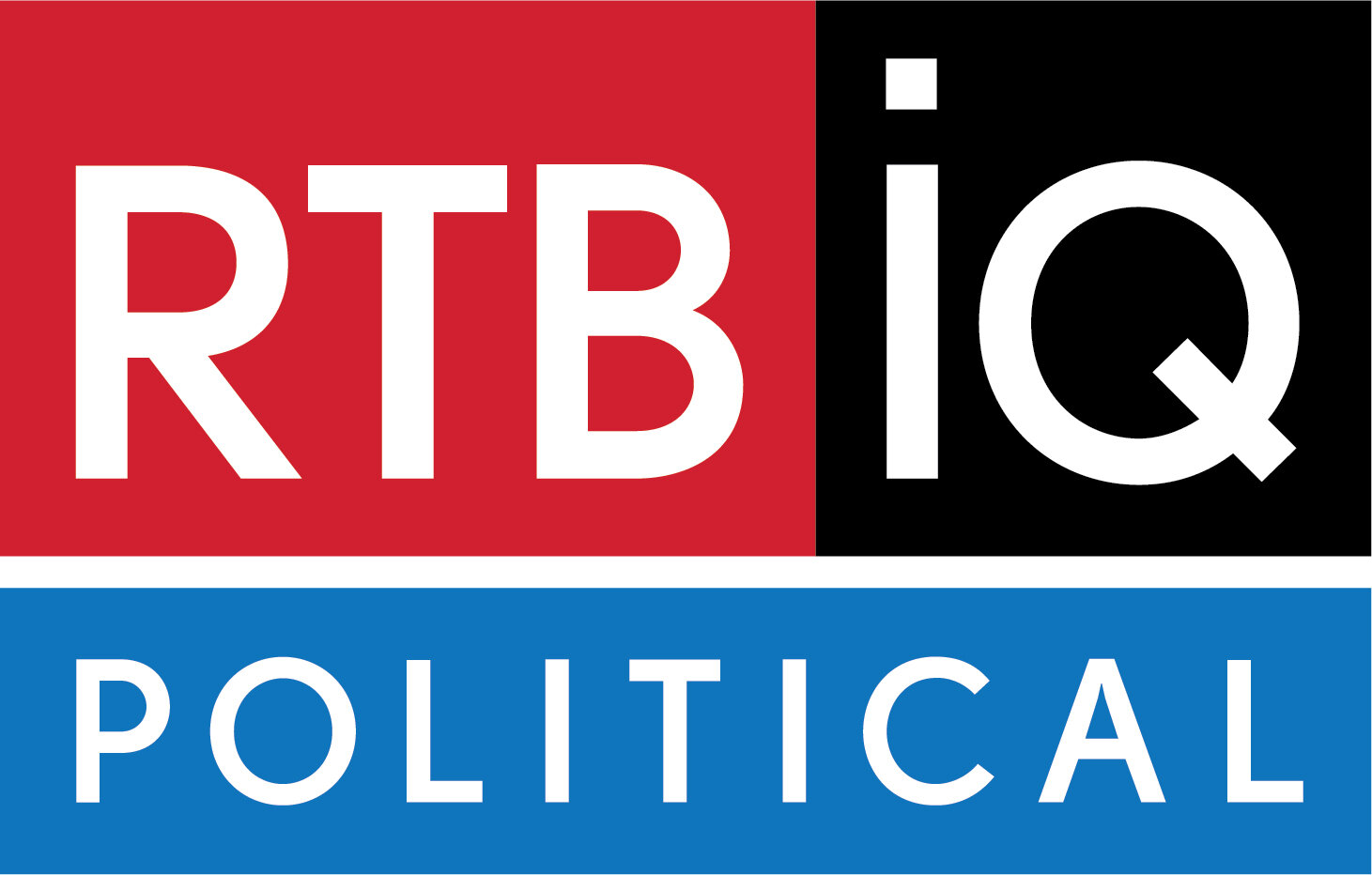Dems need to pick up the pace in digital to deliver midterm victories
Majority of party still hung up on TV spending while smart campaigns move to digital
This summer marks ten years since Barack Obama’s presidential campaign first wrote the book on online voter engagement. His 2008 campaign’s use of Myspace, Facebook, digital ads, text messaging, and voter data targeting changed the game for political strategists and secured the Democrats’ reputation as the party of innovation, technology, and modernity.
In the span of a decade, we’ve seen Trump take the White House with a powerhouse digital presence, while Democrats can’t seem to quit their big spending habits on TV. Heading into midterms, The New York Times reported that Republican strategists dedicate about 40 percent of their advertising budgets on digital, while their Democratic counterparts are reserving just 10 percent. Here’s why progressive campaigns need to live up to their name and get back to winning with digital.
TV spends aren’t as effective they used to be
It’s no surprise that people today are spending more time on their mobile devices and less time viewing broadcast or cable television. A recent Pew Research study found that only half of Americans often get their news from television, and just 28% from cable news. Instead, consumers are spending more time on social media, using mobile apps, and watching TV through streaming services rather than live broadcasts. Failing to invest in a strong digital advertising strategy could prevent you from reaching a huge group of voters, and ultimately, could be detrimental to your voter turnout this November.
Digital delivers real audiences, real engagement
In addition to the issue of declining viewership, traditional TV advertising lacks accurate targeting. Nielsen mainly relies on data from self-reported surveys and “people meters”, the latter of which only a select number of households use. Without a scope of data, your campaign ads could completely miss your target audience.
In stark contrast, the sophisticated targeting of programmatic advertising allows you to focus your reach in critical districts, down to individual voters. In addition to geographic location and demographics, campaigns can also target by voter file to ensure their message is reaching the right people at the right time. A voter file is simply a list of voters living in your district, and can “include information like name, address, phone number, race and ethnicity, gender, party registration, and most importantly, vote history.” Such a rich data set lets you target distinct audiences using social media, video, audio, native and display advertising across the web.
Customize your advertisements to meet your needs
Whatever your campaign goals may be, digital advertising can be customized to help you along your path to victory. Unlike television, digital ads can be easily modified to reflect new messaging and achieve new objectives as they change over the course of your campaign. Whether your key performance indicator (KPI) is to increase online donations, expand name recognition, or educate voters by increasing traffic to your site, a digital advertising strategy is indispensable.
Modify who sees your ads, what forms they take (video, audio or display) and even where precisely they appear on a webpage. Far beyond TV advertising, digital’s precision targeting means it’s easy to see what messages are working, and what aspect can be improved. This opportunity for constant optimization allows you to reach audiences more effectively and drive authentic voter engagement.
It’s all in the numbers
When all is said and done, results are what counts. Were your goals met? Were your fundraising dollars used appropriately? In traditional TV or print ads, it’s difficult to measure attribution and ROI. With targeted digital ads, data is gathered continuously over the duration of your campaign, and results appear in real time. No more guessing whether a specific tactic worked; you can easily see click-through rates, video and audio completion rates, impressions, and conversion rates.
Lessons learned from the campaign trail: London Breed for Mayor
Advanced voter file information and hyperlocal geo-targeting made all the difference for San Francisco’s June 6 special mayoral election in the so-named “seven-by-seven-mile square” city. RTBiQ Political supported London Breed’s campaign by disseminating her message of hope, inclusiveness, and city unity to voters across all devices and platforms.
With the efficiency of digital data reporting, we were able to know exactly what was working in their digital portfolio. We saw solid completion rates for both audio and video on programmatic ads through our platform, and great view-through rates on her YouTube ads. Using social media’s targeting capabilities, we released Chinese-language ads on Facebook specifically to key Chinese communities in San Francisco. Each of these tactics from our digital strategy contributed to her historic win!
So why spent tens of thousands on a few 30 second spots with totally inadequate targeting and reporting? With digital, you reach the right people, in the right location, at the right time. The days of campaigning with huge TV buys are limited. Make use of digital’s precise targeting capabilities, effectively reach your voters, and see the results for yourself.

